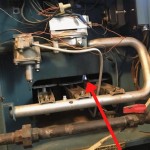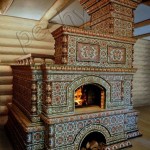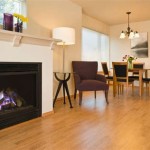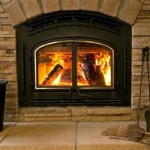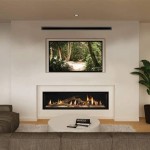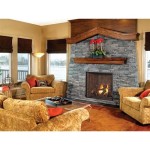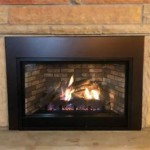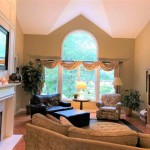Adding a Gas Fireplace to an Existing Home: Essential Aspects
Transforming your home's ambiance with a cozy and captivating gas fireplace can elevate its overall comfort and aesthetics. However, integrating a gas fireplace into an existing home requires careful consideration of several essential factors to ensure a successful installation and optimal enjoyment.
1. Gas Line Availability:
As gas fireplaces require a dedicated gas supply, verifying the availability of a gas line in your home is crucial. If a gas line is not present, you may need to install one, which can involve trenching, piping, and professional gas line installation. The gas line size, type, and pressure must meet specific requirements for safe and efficient fireplace operation.
2. Fireplace Placement and Vent Options:
Selecting the ideal location for your gas fireplace is essential. Consider factors such as room size, furniture arrangement, and proximity to existing windows or doors. The fireplace's location will also determine the type of venting system required. Gas fireplaces typically use either direct vent or vent-free systems. Direct vent systems exhaust combustion gases through a dedicated pipe, while vent-free systems rely on room ventilation for air exchange.
3. Fireplace Type and Style:
Gas fireplaces come in various types and styles to complement different home décor preferences and heating needs. Freestanding, insert, and log set fireplaces offer a range of options. Freestanding fireplaces are stand-alone units that can be placed anywhere in the room, while insert fireplaces fit into existing wood-burning fireplaces for a more traditional look. Log set fireplaces mimic the appearance of a wood-burning fire with realistic-looking logs.
4. Heat Output and Efficiency:
Determine the appropriate heat output based on the size of the room where the gas fireplace will be installed. Gas fireplaces are rated in British Thermal Units (BTUs), which indicate their heat-generating capacity. Higher BTU ratings provide more heating power, suitable for larger spaces. Additionally, consider the fireplace's energy efficiency, which measures how effectively it converts fuel into heat. Look for models with high efficiency ratings to reduce energy consumption and operating costs.
5. Safety Features and Maintenance:
Gas fireplaces prioritize safety with features like pilot lights, oxygen depletion sensors, and overheat protection. Regular maintenance is essential for safe and optimal operation. Annual inspections by a qualified technician ensure proper functionality, prevent potential hazards, and maintain the fireplace's lifespan.
Adding a gas fireplace to an existing home enhances comfort, ambiance, and home value. By considering these essential aspects, you can make an informed decision and enjoy the warmth and beauty of a gas fireplace in your home for years to come.

Adding A Gas Fireplace To An Existing Home Just Log Fires

Adding A Fireplace To Existing Home Where For Fireplaces

Convert To Gas Installing Fireplace Inserts Doctor Flue

Existing Fireplace Or A Brand New Build Lopi Fireplaces

Does A Fireplace Add Value To House Vertical Chimney Care
How To Install Gas Fireplace Insert Heat Glo

Your Home Doesn T Have A Fireplace And You Want To Add One
10 Reasons To Add A Gas Fireplace Your Home Heat Glo

Adding A Fireplace To An Existing Home Cost

Adding A Gas Fireplace To Our Living Room Kath Eats

